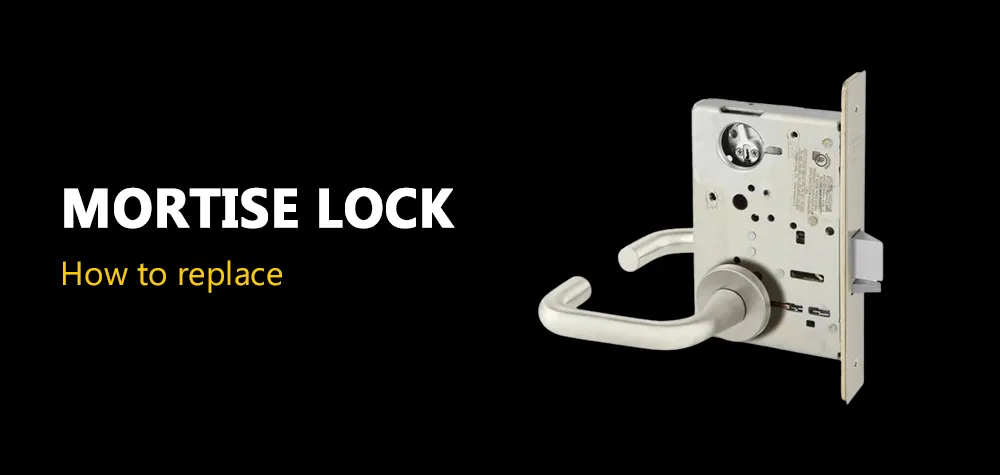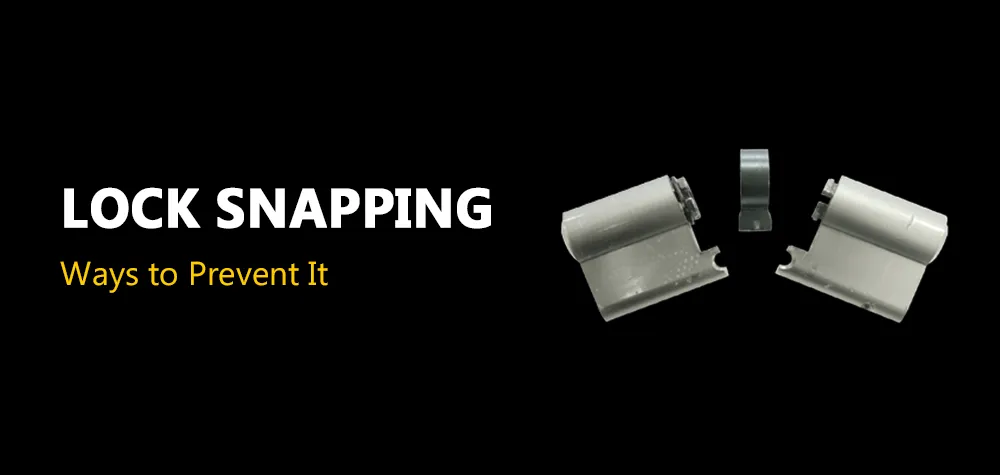Common Mistakes While Changing Locks
Call Us Any Time!
24/7 Residential, Commercial & Automotive Locksmith Services
Your home is your sanctuary, and keeping it secure should be a top priority. Replacing your locks is an essential step in maintaining the safety of your family and belongings.
However, there are common things that homeowners need to fix when replacing their locks that can compromise their security. In this blog post, we’ll explore these mistakes and provide tips to avoid them so you can feel confident in protecting your home.
Replacing Home Locks: Why It’s Important for Homeowners?
Replacing home locks is a necessary task for many homeowners. Whether you’re planning to move into a new home or want to upgrade your security, knowing how to replace your locks properly is essential. Many people make a mistake by assuming that all locks are the same, but many different types of locks are available on the market. This guide will introduce you to the most common types of locks and help you choose the right one for your home.
In addition to choosing the right lock, knowing how to install it properly is essential. Many people think they can screw in a new lock and be done with it, but that’s not always the case. If you don’t correctly install your lock, it could be easy for an intruder to bypass it. This guide will show you how to correctly install your new lock so you can rest assured knowing your home is safe and secure.
Common Mistakes When You Are Planning to Replace Home Locks
Replacing your home locks is a big decision.
There are certain factors to consider, and if you’re cautious, you could avoid making a mistake that could cost you time, money, and security.
To help you avoid making a mistake when replacing your home locks, here are some common mistakes to avoid:
- Not Changing All the Locks.
If you’re only changing one lock, make sure it’s the one that provides the most security for your home. For example, if you’re changing the lock on your front door, also change the locks on all your doors leading into your home. It will ensure that all your doors are equally secure.
- Using Insecure Locks.
There are many types of locks on the market, and not all are created equal. When choosing a new lock for your home, choose one that is strong and secure. Avoid using cheap or flimsy locks, which can be easily picked or forced open.
- Not Updating Your Keys.
If you’re reusing your old keys with your new locks, they could have been copied without your knowledge. To be safe, always get new keys made for your new locks. This way, you’ll know that only you can access your home.
- DIYing It
Installing new locks can be tricky. Many people think they can screw in a new lock and be done with it, but that’s not always the case. If you don’t correctly install your lock, it could lead you to trouble.
Tips and Tricks for Replacing Your Home Locks Successfully
Changing your home locks is a big decision. Doing it right the first time is essential to avoid any problems down the road. Here are some tips and tricks to help you replace your locks successfully:
- Hire a professional locksmith. They will have the experience and expertise to install your new locks properly.
- Choose high-quality locks. It will ensure that your home is well-protected against intruders.
- Install the locks yourself if you have experience with DIY projects. Just follow the instructions carefully so that everything is installed correctly.
- Get new keys made for all of your new locks. This way, everyone in your household will have access to the locked areas of your home.
Read More : Different Types of Lock Replacements Available in Market Today
Conclusion
Replacing locks in your home can be challenging, but it is an important task. With the proper knowledge and tools, you can easily replace your locks and give yourself peace of mind knowing they are secure. However, some common mistakes people make when replacing their home locks should be avoided at all costs. Following our tips above on what to look out for will ensure that the job is done correctly from start to finish with no hiccups along the way.
If you are looking for professional residential locksmith service, contact (888) 947-5585. Our team provides 24-hour emergency service and is available for you any time of the day.



All Rights Reserved | BROTHERSLOCKSMITH.COM
Privacy Policy






